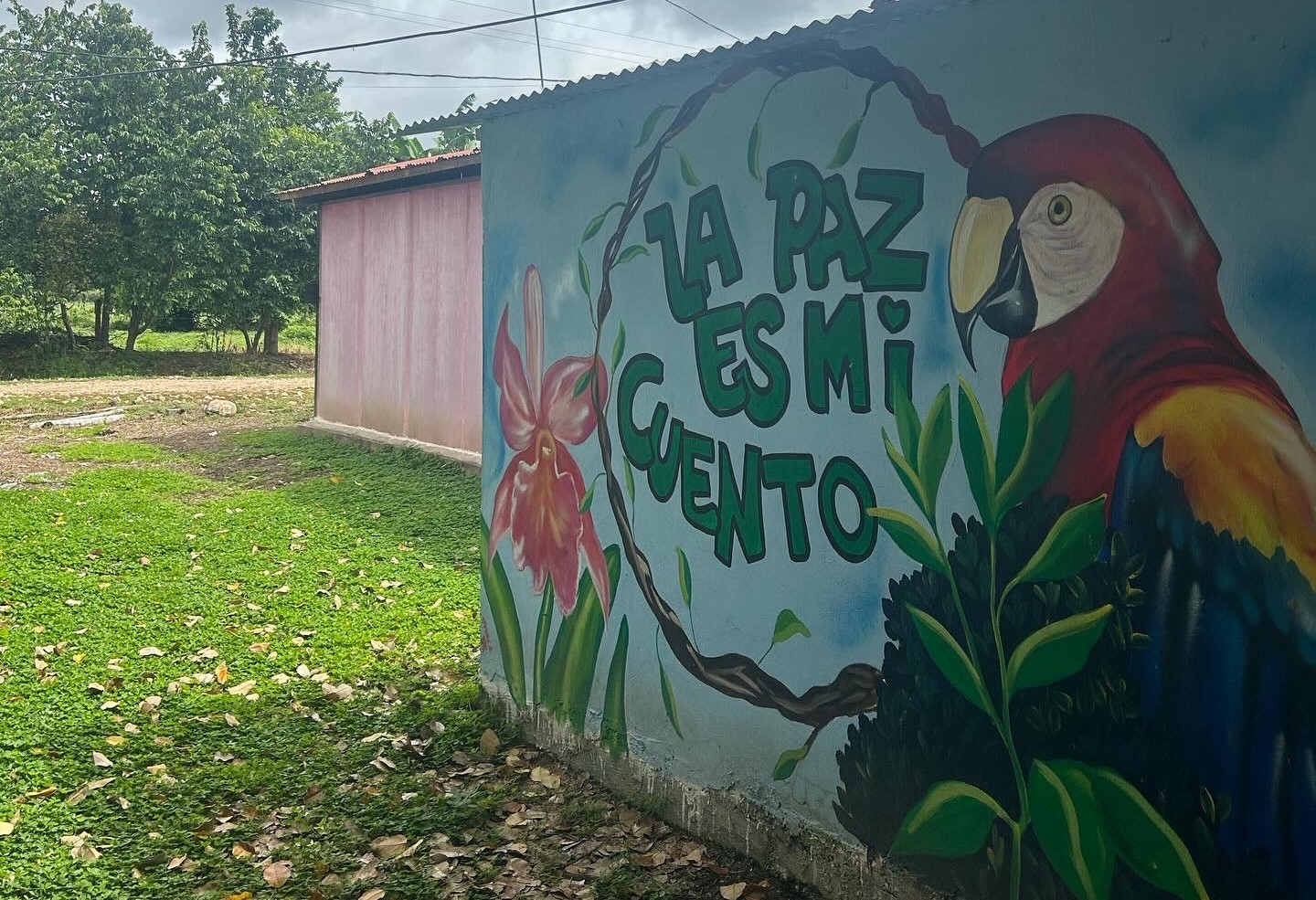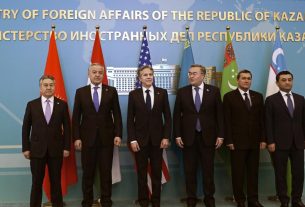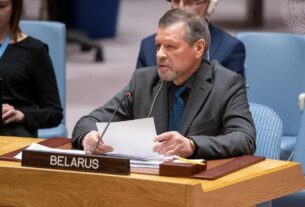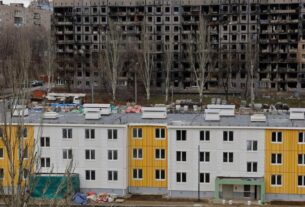Catatumbo: Caught Between Violence and the Call for Peace
Camila Castellanos*
Colombia’s Catatumbo region has been engulfed in a deepening humanitarian crisis for the past three weeks. More than 50,000 people have been forcibly displaced, over 80 individuals have been killed, and six signatories of the 2016 Peace Agreement have been assassinated. The Colombian government has responded by suspending peace dialogues with the ELN guerrilla group, declaring a state of internal commotion, and launching a military offensive. Once again, Catatumbo is at the heart of a violent conflict that threatens the fragile gains of Colombia’s peace process.
A Region Shaped by Resilience
Catatumbo, meaning “House of Thunder” in the language of the Indigenous Barí people, is a region of striking natural beauty and immense cultural significance. It is home to the Barí people, whose presence in the area dates back centuries, and generations of peasant communities have lived off the land through farming, fishing, hunting, and raising animals. Over time, the region has also seen waves of settlement, colonization, and social movements. However, despite its rich history and strong communal ties, Catatumbo has been overshadowed by cycles of violence and government neglect, leaving its people to navigate the challenges of conflict and resilience on their own. Yet, in the face of precariousness and marginalization—contrasting sharply with the region’s natural abundance—its inhabitants have responded with collective strength. A vast network of community organizations has emerged, working tirelessly to demand recognition, defend their rights, and build initiatives that allow them to live with dignity.
In the early 20th century, the expansion of the oil industry, backed by the Colombian Government, forced Indigenous Barí communities from their ancestral lands. By the 1970s and 1980s, guerrilla groups like the ELN (National Liberation Army), EPL (Popular Liberation Army), and the FARC-EP (Revolutionary Armed Forces of Colombia – People’s Army) established strongholds in the region, filling the vacuum left by a largely absent state. These groups exerted political, military, and economic control over local populations. As a consequence, in the 1990s,a new wave of violence ushered in the arrival of paramilitary forces, which, among other objectives, sought to eliminate the presence of guerrilla groups.
The 2016 Peace Agreement: Progress and Setbacks
The 2016 Peace Agreement between the Colombian government and the FARC-EP guerrilla was a historic step toward ending decades of armed conflict. It focused on five key areas: rural reform, political participation, ending the conflict, addressing illicit drugs, and the Comprehensive System for Truth, Justice, Reparation, and Non-Repetition. This system aims to uphold victims’ rights, ensure accountability, provide legal security for participants, and promote coexistence, reconciliation, and lasting peace.
Despite its challenges, the Peace Agreement has achieved notable progress. According to the United Nations, the vast majority of former combatants remain invested in their reintegration process and committed to peace despite the many challenges encountered along the way. UN Secretary-General António Guterres has recently reaffirmed international support for the peace process, specifically highlighting the security challenges and the ongoing peace negotiations with other armed groups.
However, the FARC’s withdrawal from regions like Catatumbo created a power vacuum rapidly filled by other armed groups, including the ELN and the EMBF (General Staff of Blocks and Front, a dissident group of the FARC-EP). This shift reignited territorial disputes as the region remains a battleground for control over mining, coca production, and illicit trafficking through Venezuela, leaving civilians caught in the crossfire.
On January 16, 2025, tensions between the ELN and the EMBF erupted into open violence. According to Diego Tovar, a Peace Agreement signatory, “This is the greatest humanitarian crisis we have faced in Colombia since we signed the agreement.”
The UN Verification Mission confirmed that the casualties included former combatants who signed the 2016 Peace Agreement, as well as human rights defenders and social leaders. In response, UN Secretary-General António Guterres strongly condemned the violence and called for its immediate end.
The crisis in Catatumbo exposed significant shortcomings in the territorial implementation of the 2016 Peace Agreement, particularly in rural development, land ownership, and protections for vulnerable communities. Carlos Ruiz Massieu, head of the UN Verification Mission, noted that Catatumbo, like many other regions in Colombia, is still waiting to implement the 2016 Peace Agreement, especially regarding access to public services, legal and economic opportunities, development, and security. He stressed that comprehensive implementation of the accord is crucial for achieving lasting peace.
Government Response
As violence escalated, President Gustavo Petro announced the suspension of peace dialogues with the ELN and declared a state of internal commotion, granting his administration emergency powers. The government launched a joint military campaign with Venezuela aimed at combating the ELN and criminal groups operating along the border.
While the government argues that military action is necessary to restore security, many fear that increased militarization will only deepen the humanitarian crisis. Historically, military interventions in Catatumbo have failed to deliver lasting peace, often exacerbating displacement and instability. Social organizations and local leaders warn that without addressing the root causes of violence—poverty, lack of state presence, and illegal economies—military solutions will remain ineffective.
Voices from Civil Society: A Demand for Alternative Solutions
Local communities and social organizations are concerned about the government’s militarized response. Instead, they are calling for respect for life and the non-involvement of civilians in the conflict, urging the government to resume peace dialogues with the ELN and maintain ongoing negotiations with the EMBF. They also demand the immediate signing of Catatumbo’s Pact to ensure social investment and address historical debts owed to local communities.
Additionally, they emphasize the need for urgent humanitarian aid and the guarantee of a safe return for displaced families. A key concern is the protection of the right to education, considering the large number of children who have been displaced by violence, thereby violating their access to schooling. Notably, grassroots organizations have expressed alarm over the government’s decision to declare a state of internal commotion, which has historically led to increased militarization and, in turn, worsened the humanitarian crisis.
Let These Voices Be Louder Than the Sounds of Violence
Peace in Catatumbo begins with listening to the voices of its people, to the demands of its communities, and to the solutions they have tirelessly built. True change will come not through the cycle of violence that has drenched the region and the country in blood but through the support and implementation of grassroots initiatives. Over the past two years, organized communities in Catatumbo have not only developed a roadmap for transformation but have stood firmly by their proposals, demanding action.
On January 22, dressed in white and holding banners that cried out with messages for peace—“Peace can only be achieved through dialogue and understanding”—the people filled the streets, demanding an end to the violence that has shadowed their lives for far too long.
Their voices cannot and must not be ignored. Armed groups must return to the negotiating table, recognizing that genuine dialogue makes a lasting future possible. As Carlos Ruiz Massieu, head of the UN Verification Mission, has emphasized, these efforts must be grounded in an unwavering commitment to International Humanitarian Law. At the same time, peace cannot stand alone—it must be reinforced by strong security strategies prioritizing prevention, protection, and the dignity of every community.
Violence cannot extinguish the voices of a people who, for over eight years, have risked everything in pursuit of peace. As grassroots organizations chant in their mobilizations:
”From the territories to the cities, united, we stand.
We are the resistance. We are peace in Catatumbo.”
Camila Castellanos is an LLM’25 candidate at Harvard Law School and a Research Assistant for the HLS Program on International Law and Armed Conflict (HLS PILAC). She leads a project on accountability for human rights violations in Sudan with the Harvard Law School Advocates for Human Rights and serves as an Article Managing Editor for the Harvard Human Rights Journal and an Executive Managing Editor for the Harvard Journal of Law & Gender.
Views expressed on Harvard Human Rights Reflections are those of the individual authors and do not necessarily reflect the opinions or positions of the Human Rights Program or Harvard Law School.



